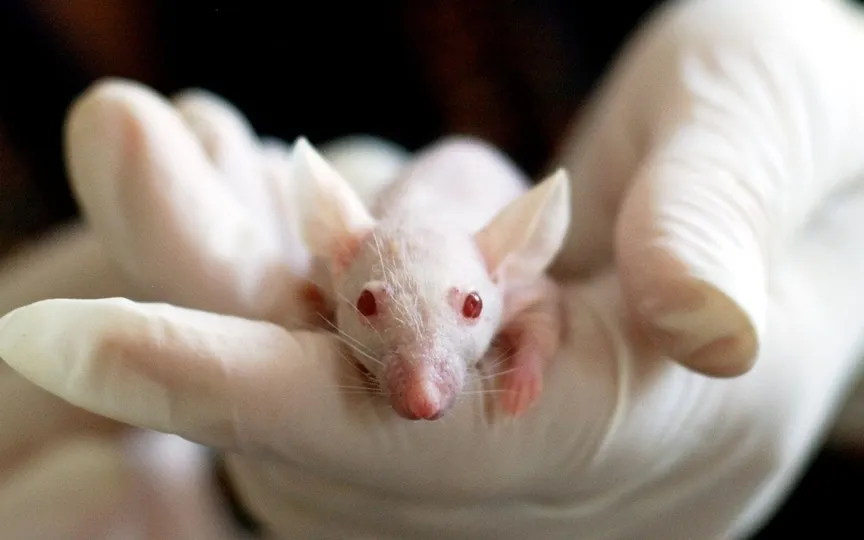First-Ever Embryos Grown in Space Achieved on International Space Station
Researchers from the University of Yamanashi in Japan have achieved a significant milestone by successfully cultivating mouse embryos in the distinct zero gravity environment of space. This pioneering experiment signifies the first instance where a fertilized mouse egg has progressed into a blastocyst on the International Space Station (ISS).
The crucial blastocyst stage
The blastocyst stage is a crucial milestone in embryo development, where cells first differentiate into the inner cell mass that later forms the fetus and the trophectoderm cells that contribute to the formation of the placenta, The Japan News reported.
Their research, recently published online in the journal iScience, involved sending 720 two-cell frozen mouse embryos to the ISS. The research team also designed a special device that allows astronauts to precisely manipulate early mouse embryos.
Country and. space
Over four days, the team carefully thawed and cultured the embryos. Half of the embryos (360) were cultured in the Japanese Kibo experimental module, which simulates Earth’s gravity at 1G. The remaining 360 embryos were cultured in a zero-gravity environment on the ISS.
At the end of the culture period, the embryos were preserved in formalin and returned to Earth for comparison with embryos cultured in a similar terrestrial experiment.
The results were striking. In an experiment on Earth, more than 60 percent of the embryos developed into blastocysts. However, the success rate dropped to 29.5% in the 1G space test and 23.6% in the zero-gravity test on the ISS, as reported.
Commenting on the findings, Professor Teruhiko Wakayama of Yamanashi University stated, “We found that even in zero gravity conditions, embryos develop normally until they reach the blastocyst stage.”
In addition, the study showed that the differentiation, DNA damage levels and gene expression of blastocysts developed in zero gravity were comparable to other conditions. This suggests that embryos in space can develop typically.
An intriguing revelation from the study was that among the 12 blastocysts in the zero-weight test, the inner cell mass cells in three of them had a unique clustering pattern in two locations, as opposed to the usual single cluster. These separate blastocysts have the potential to develop into identical monozygotic twins.




